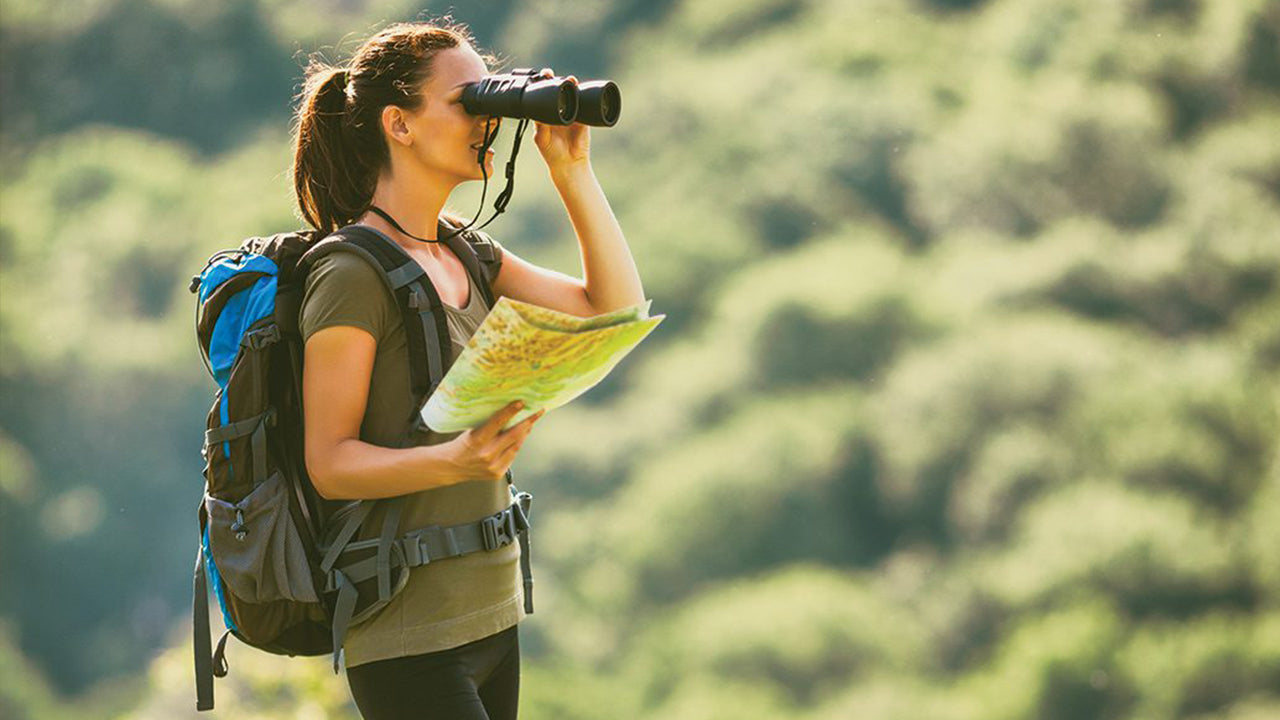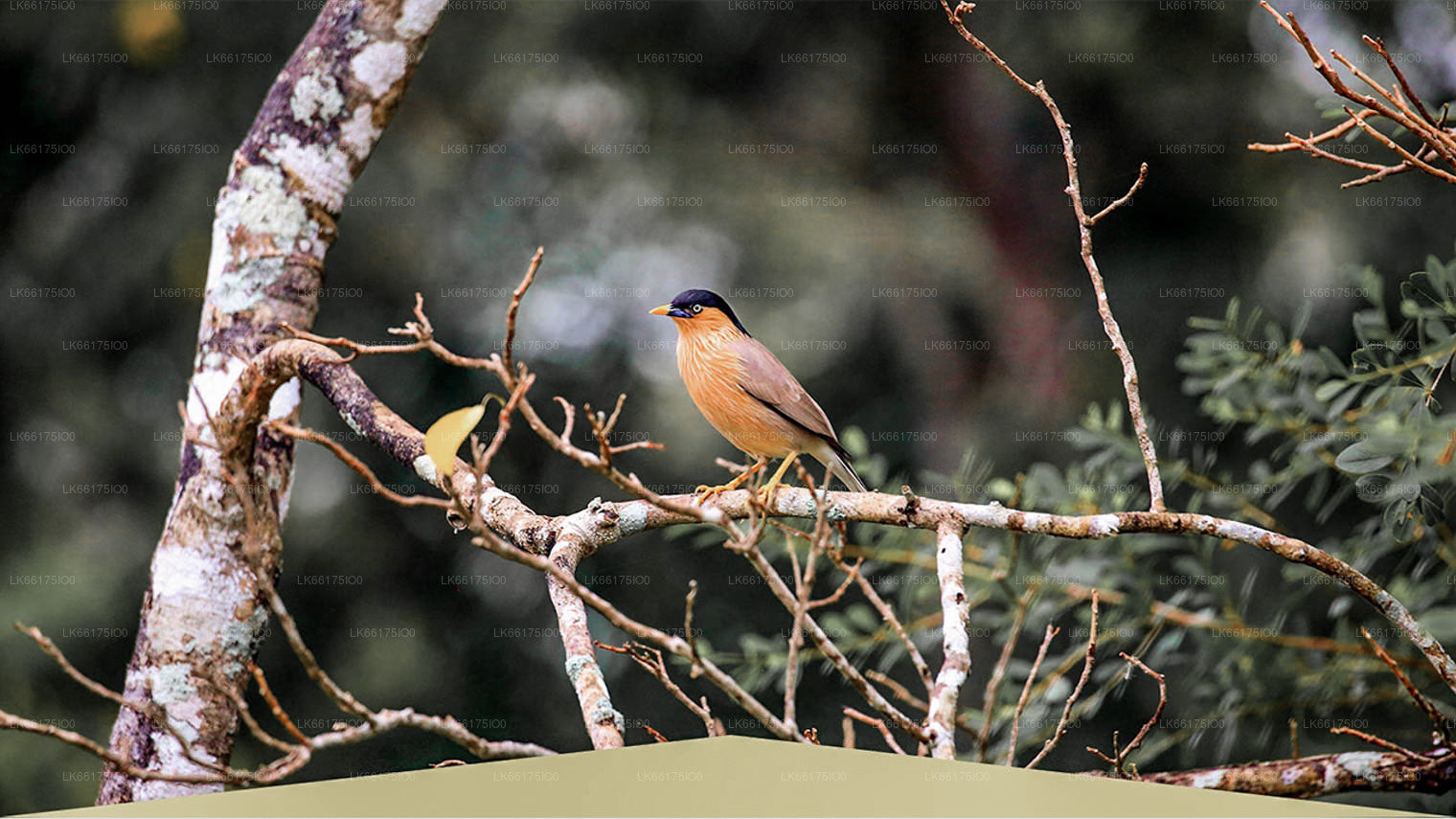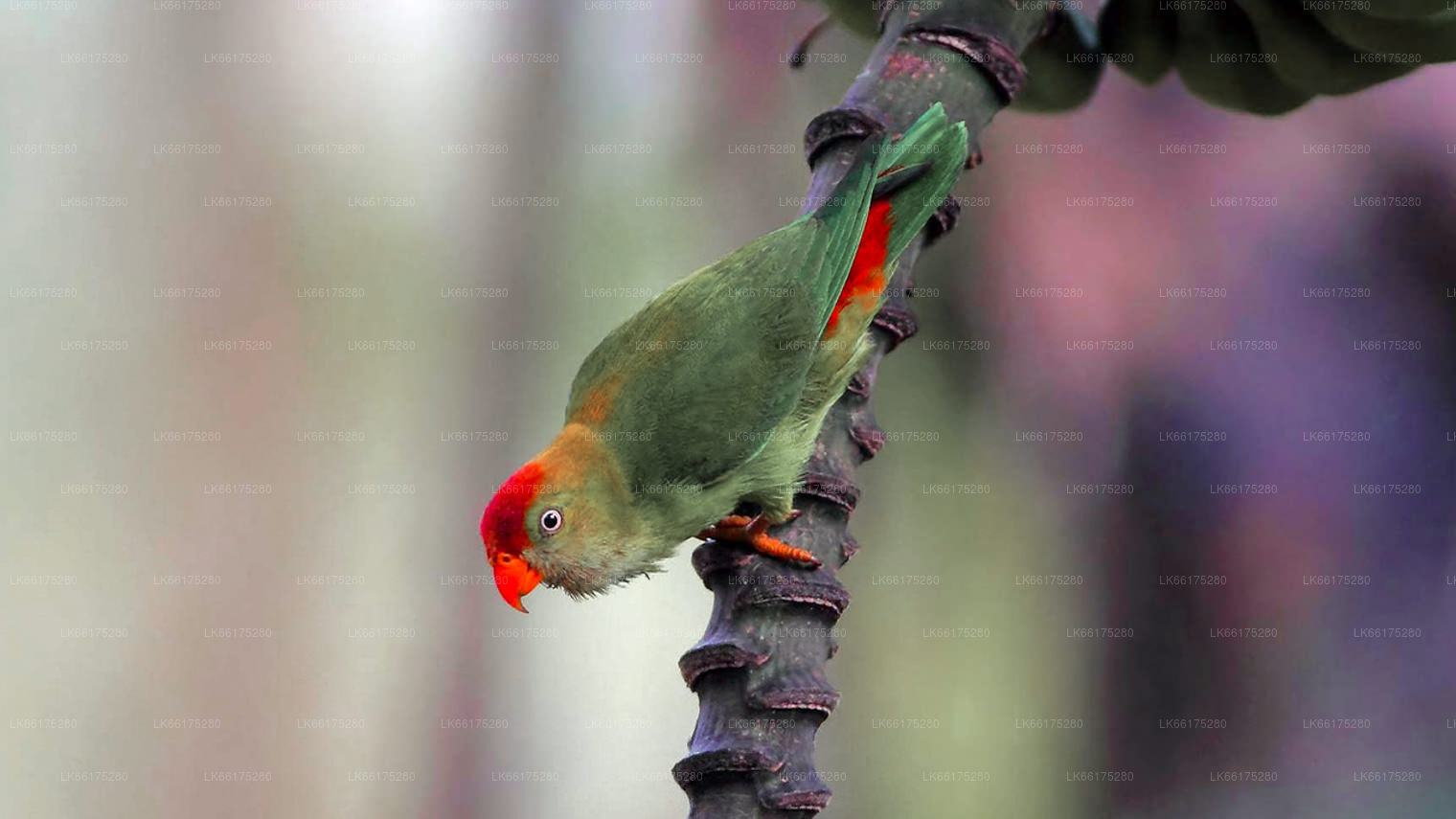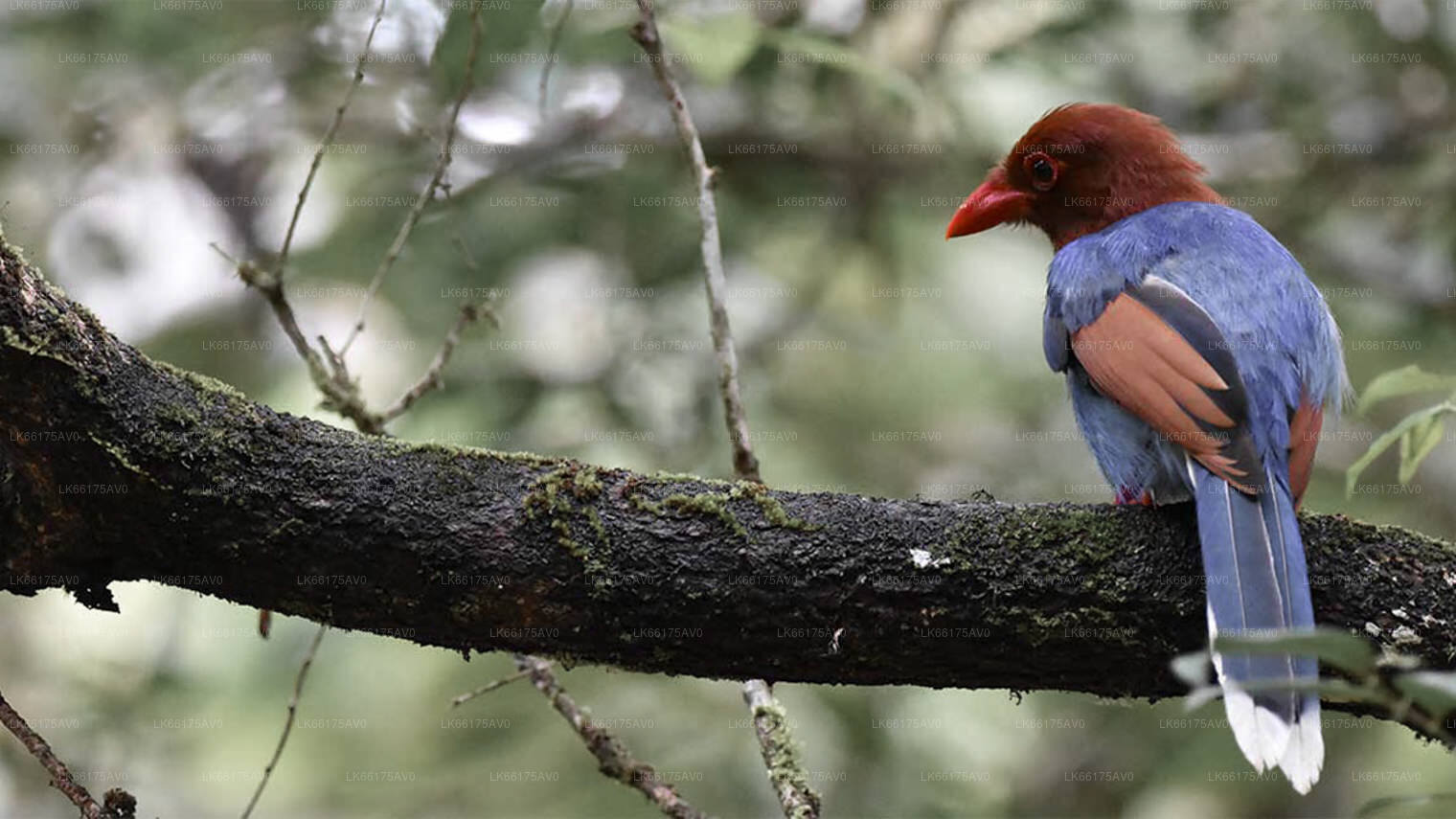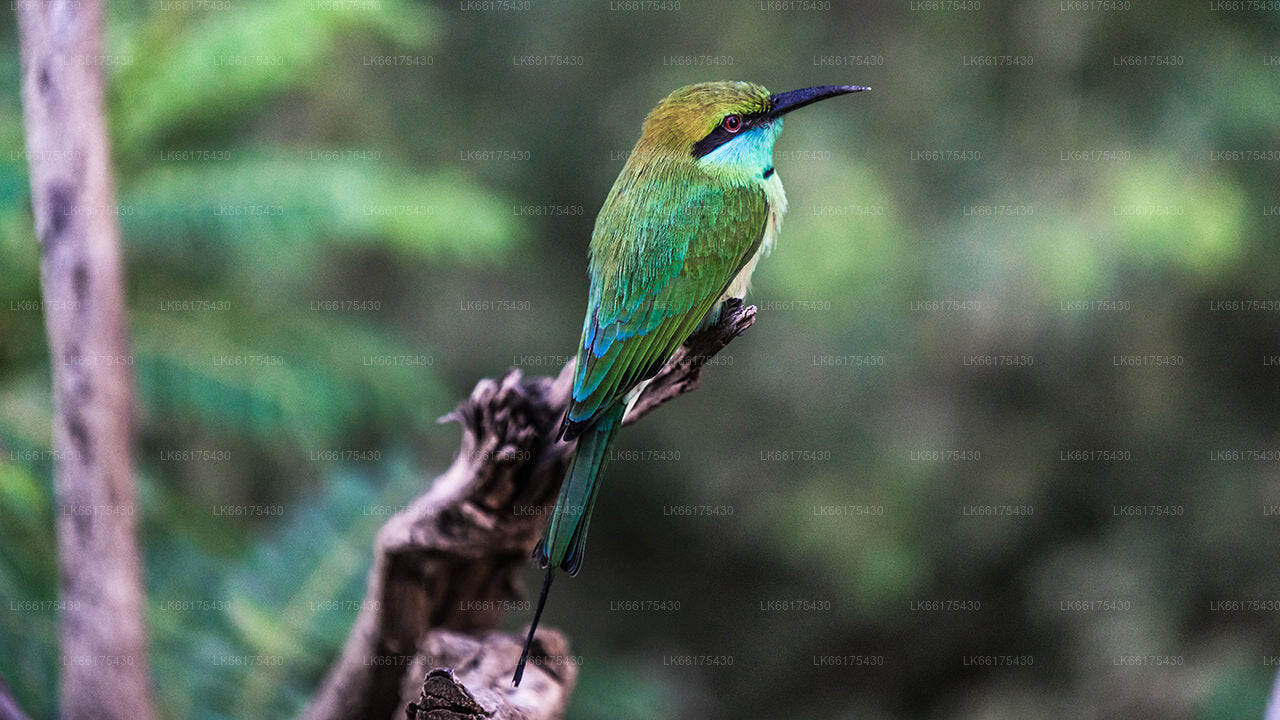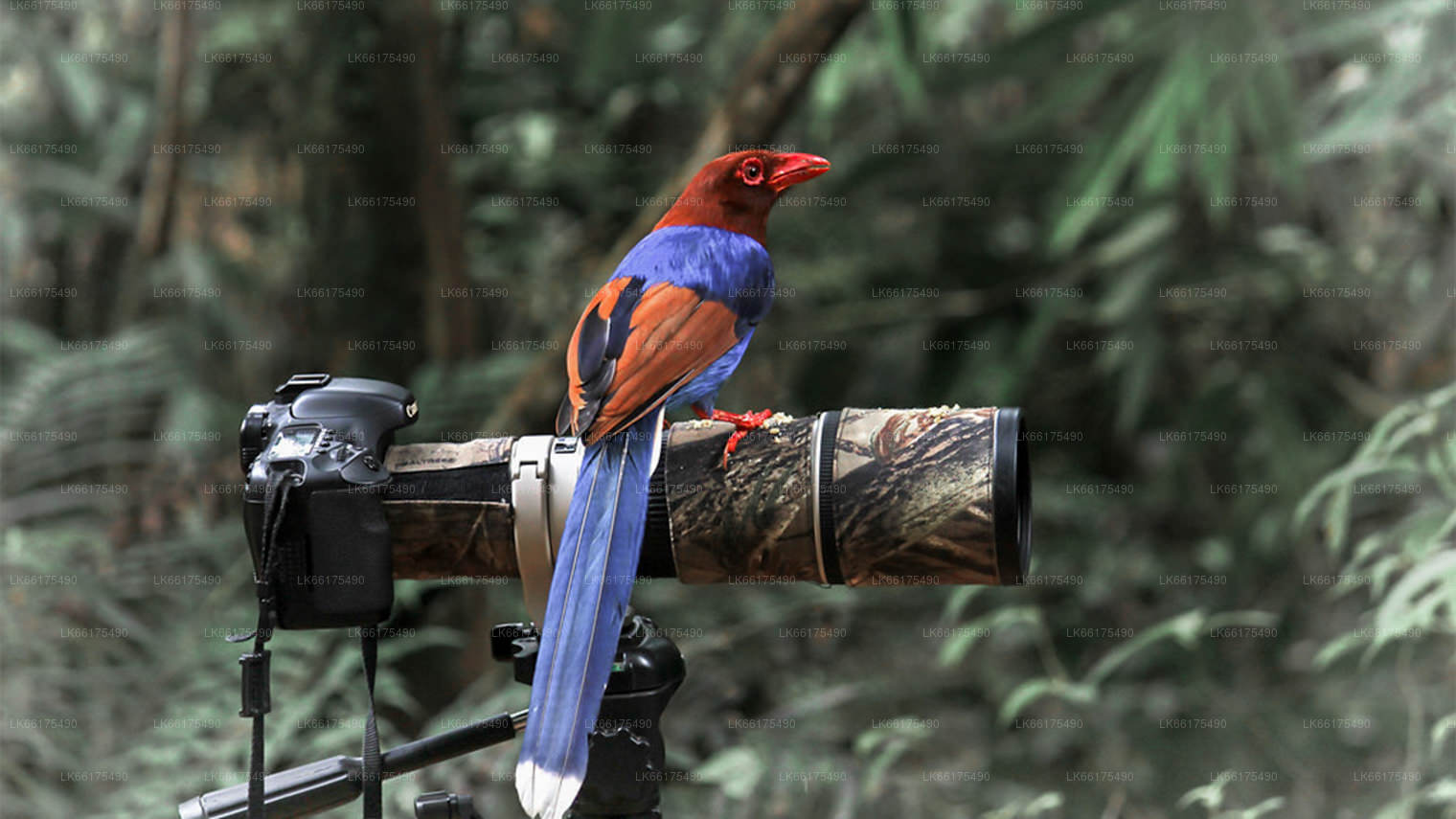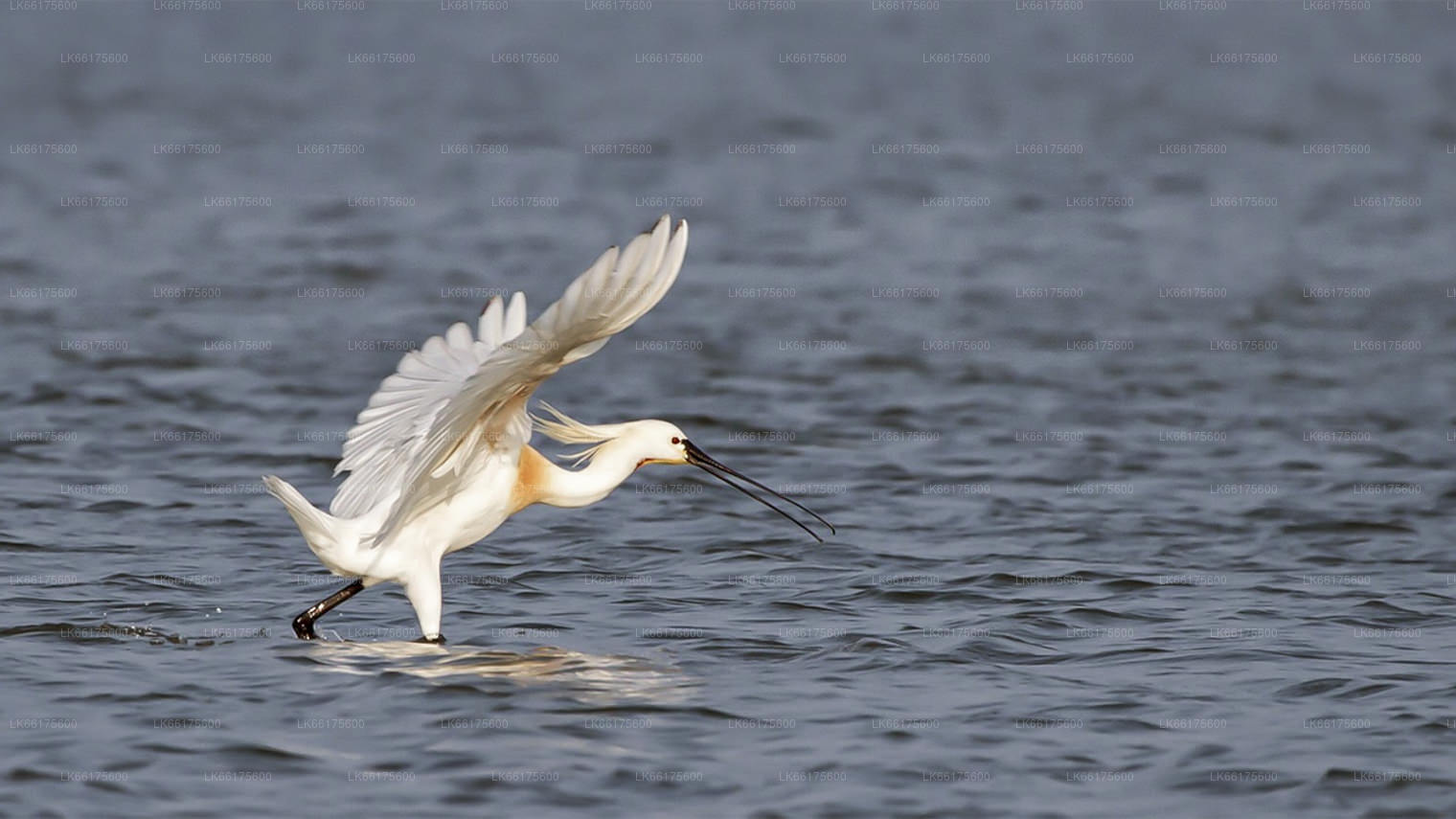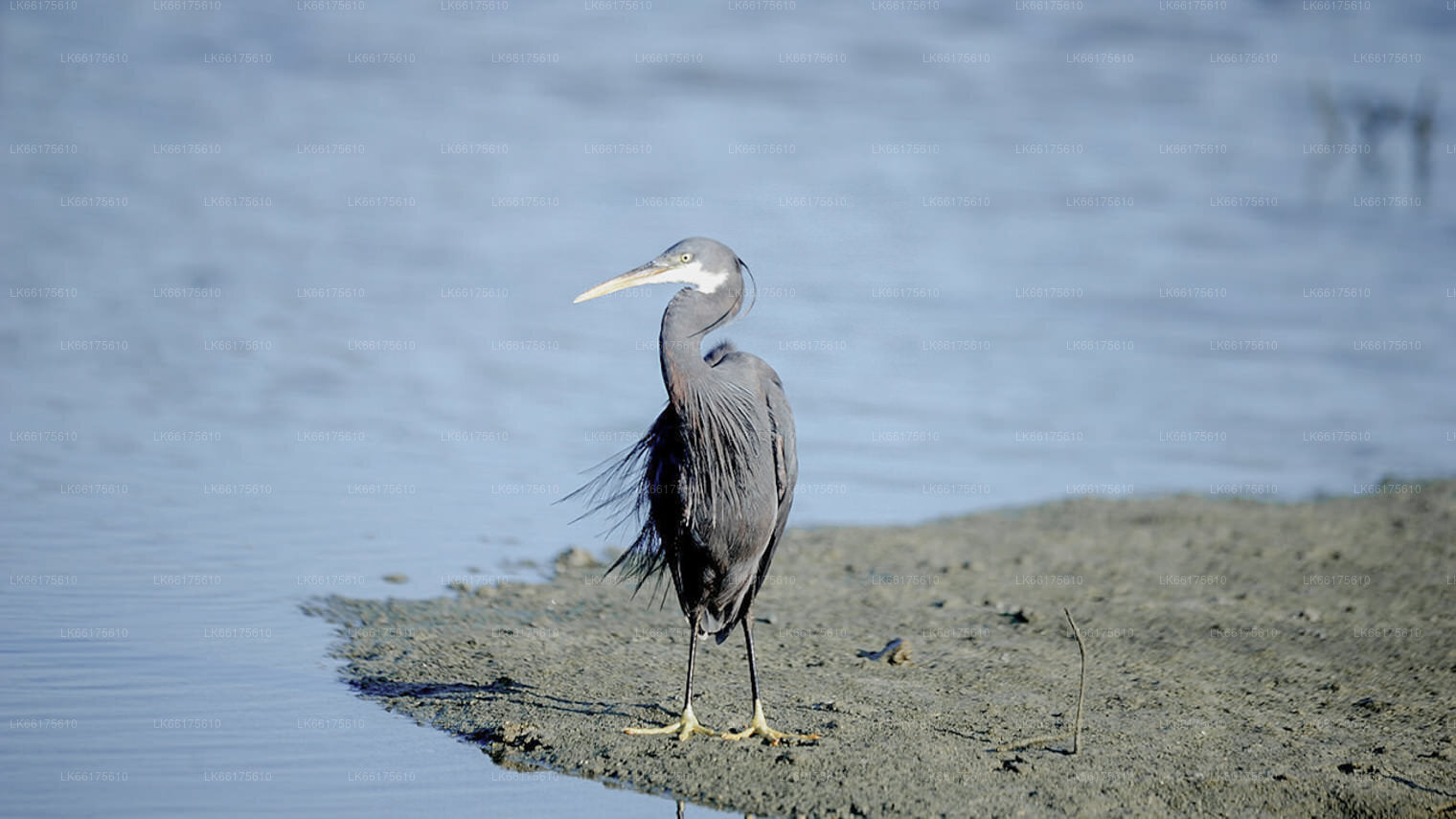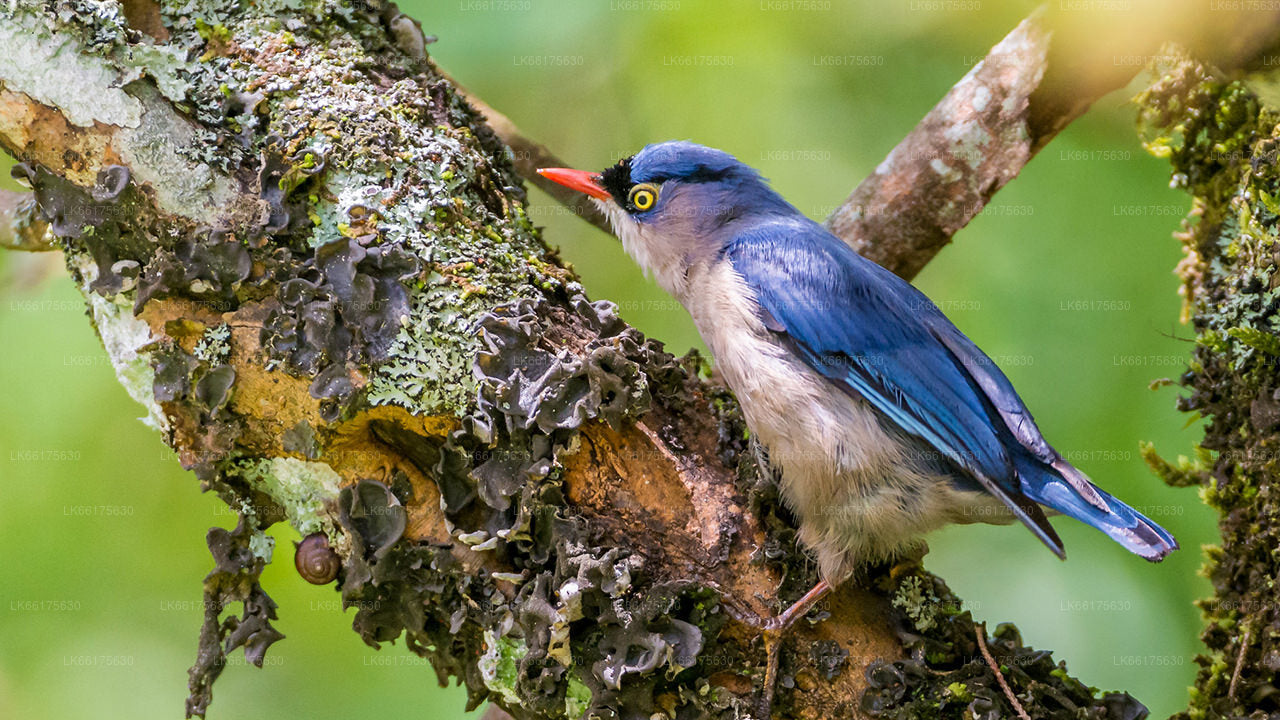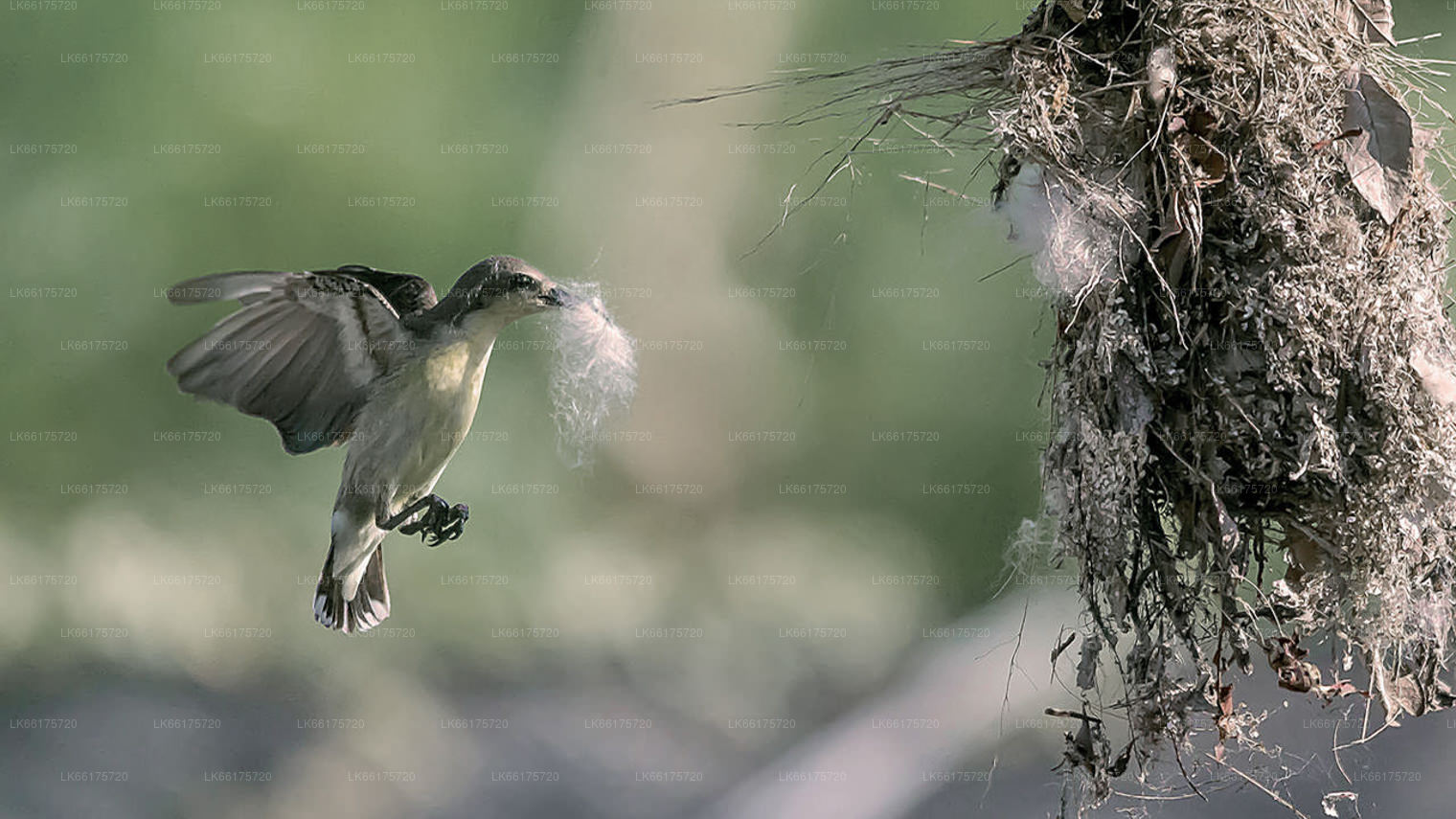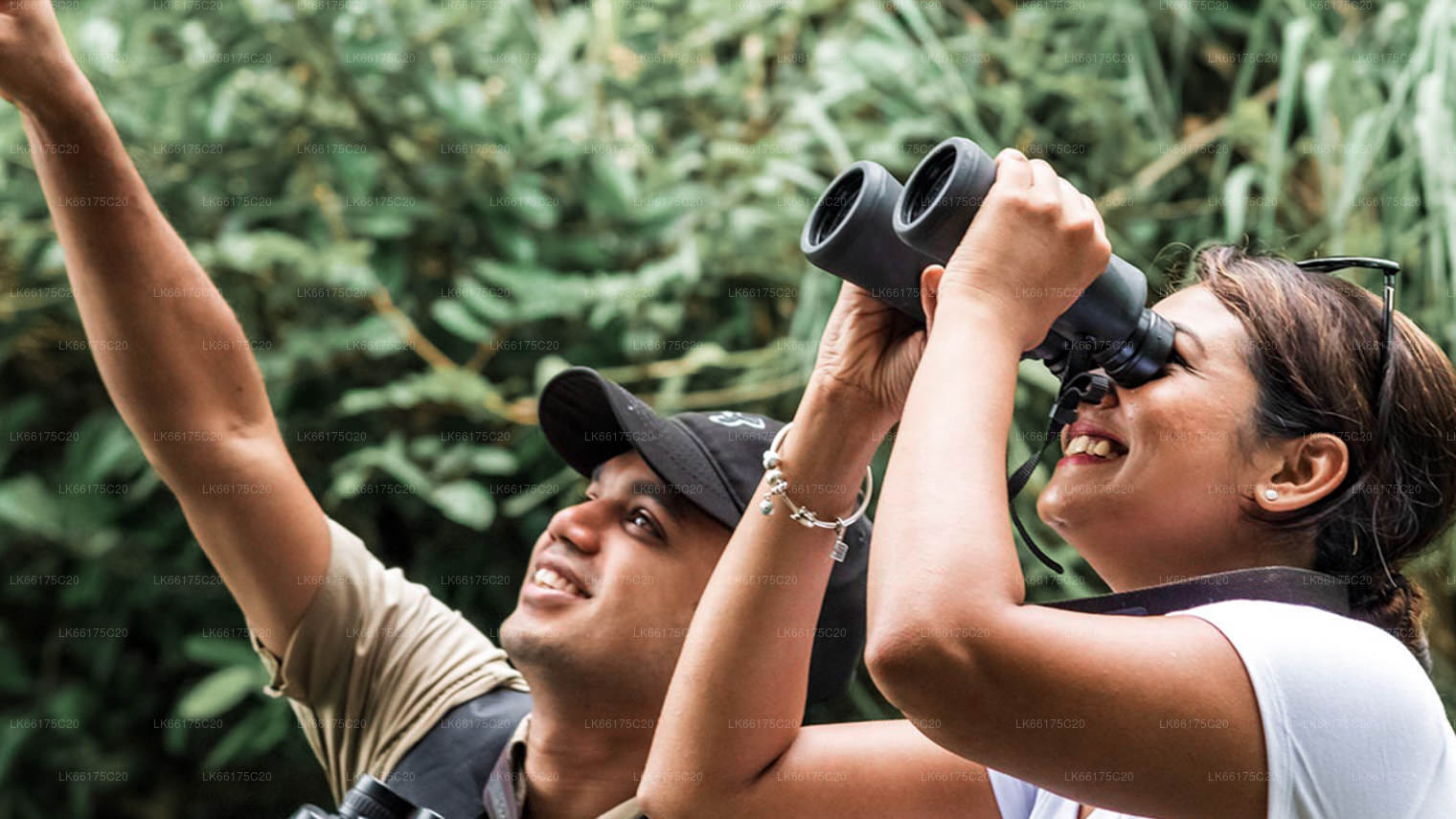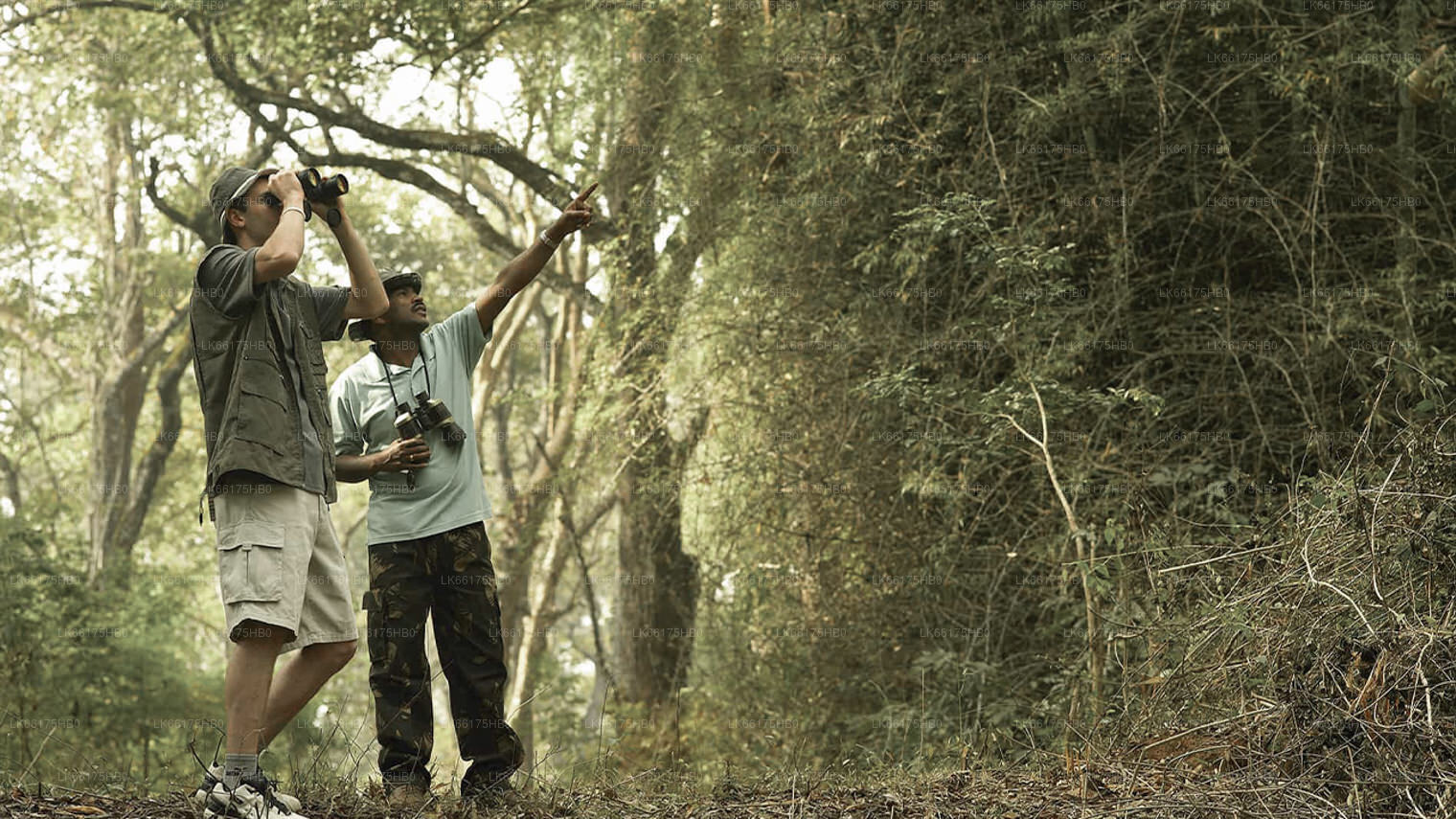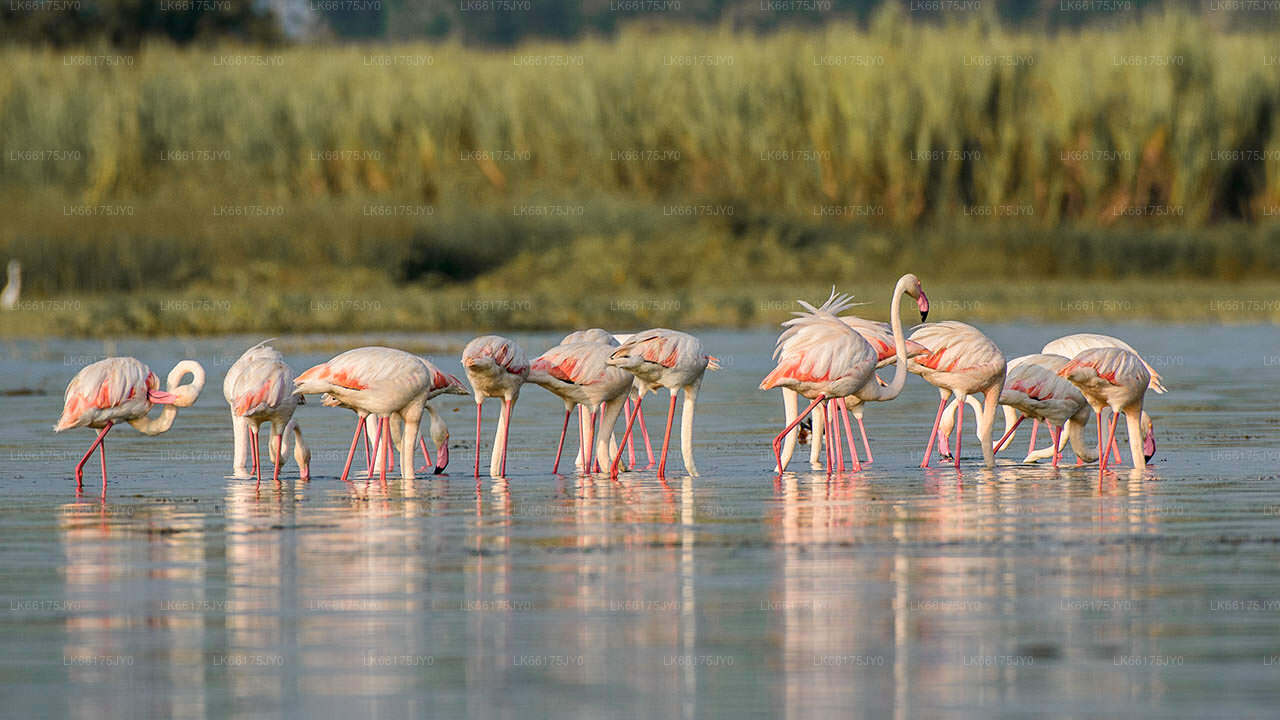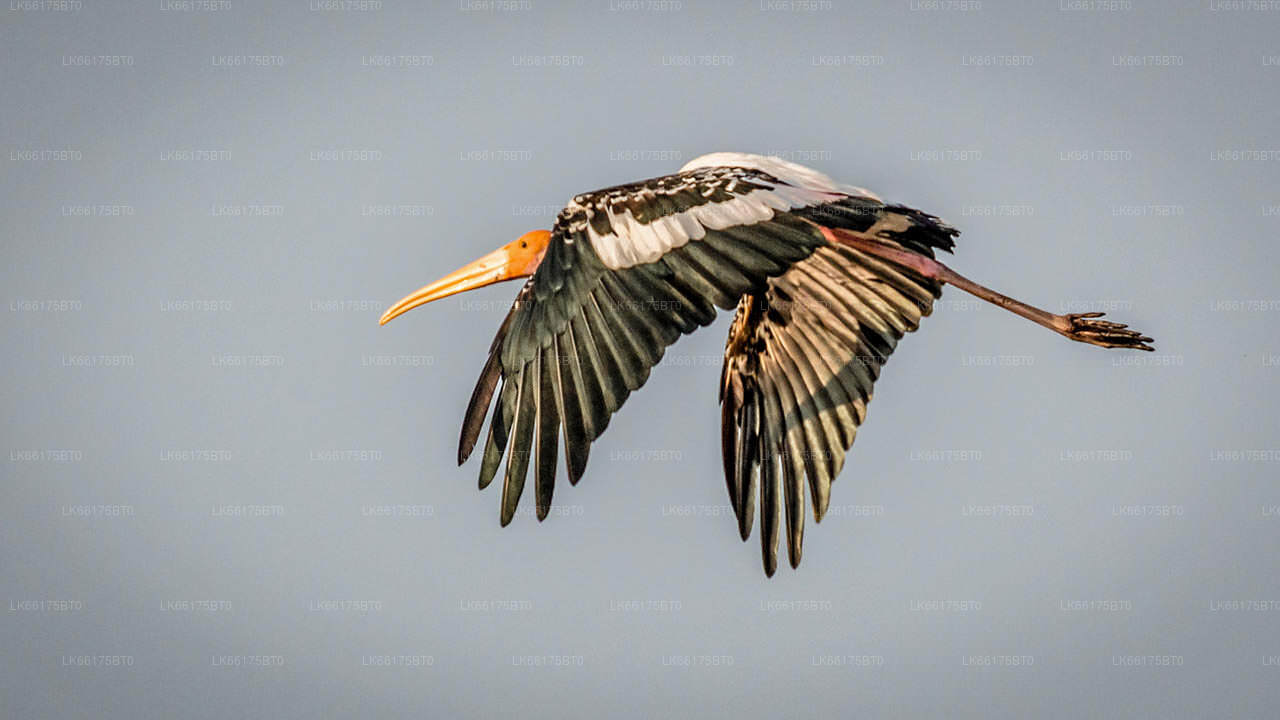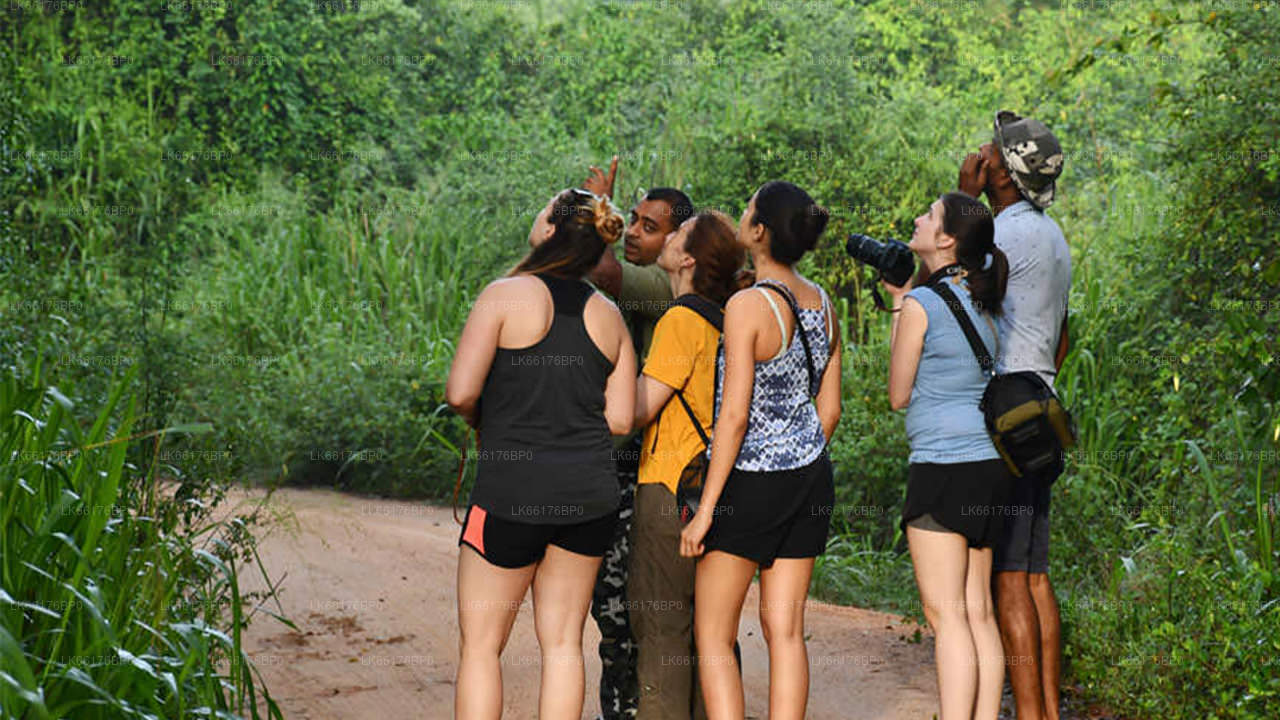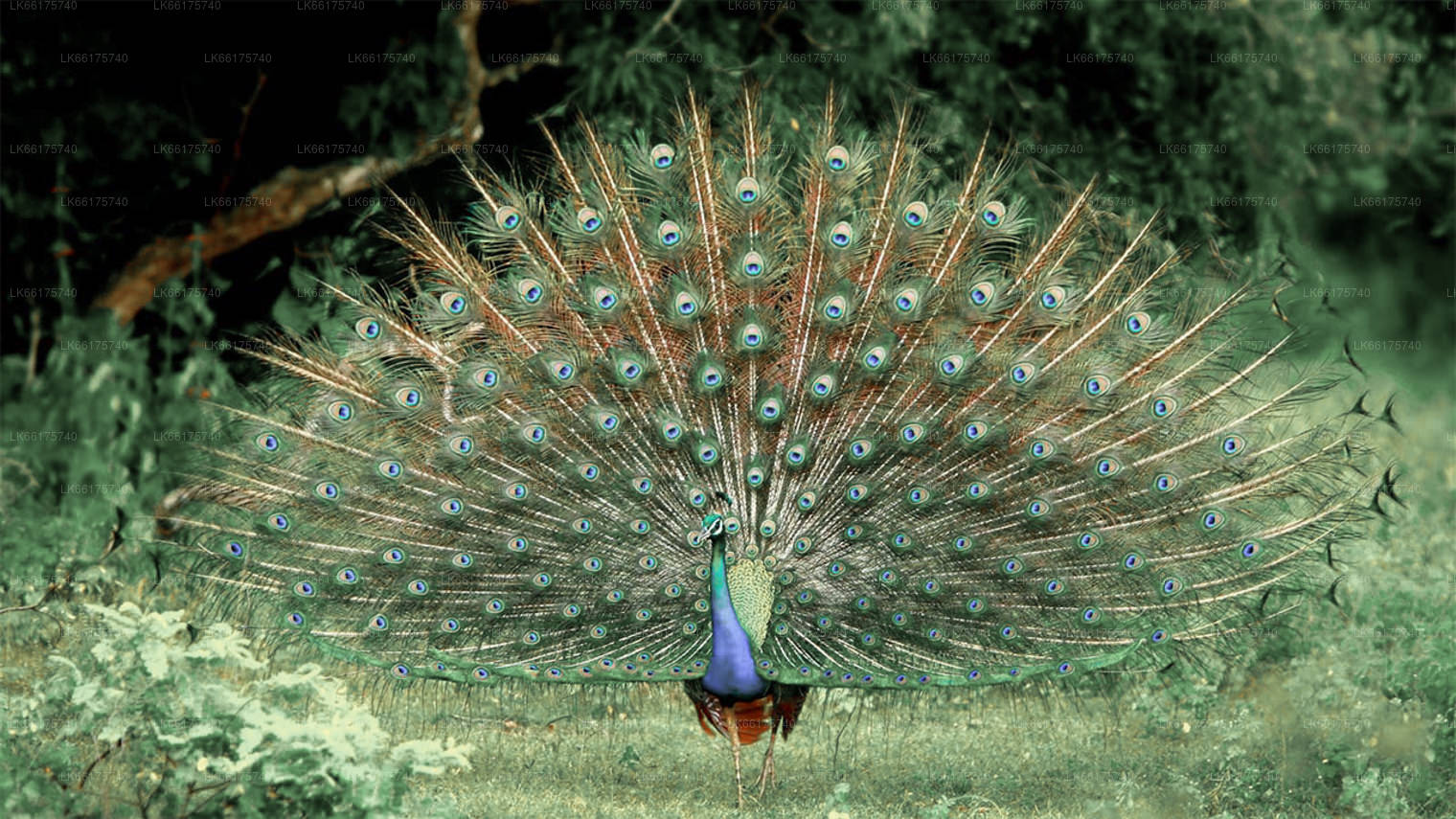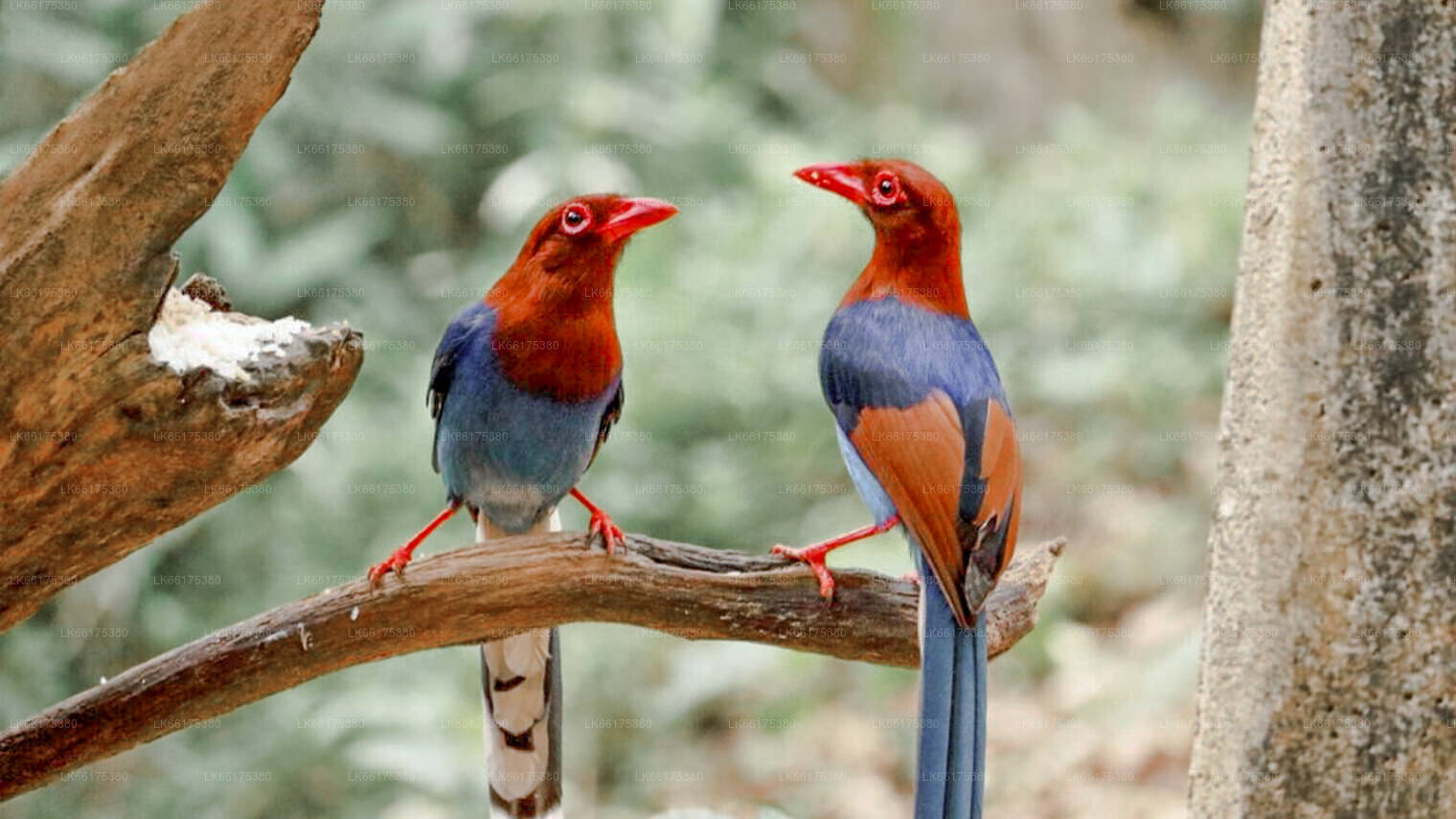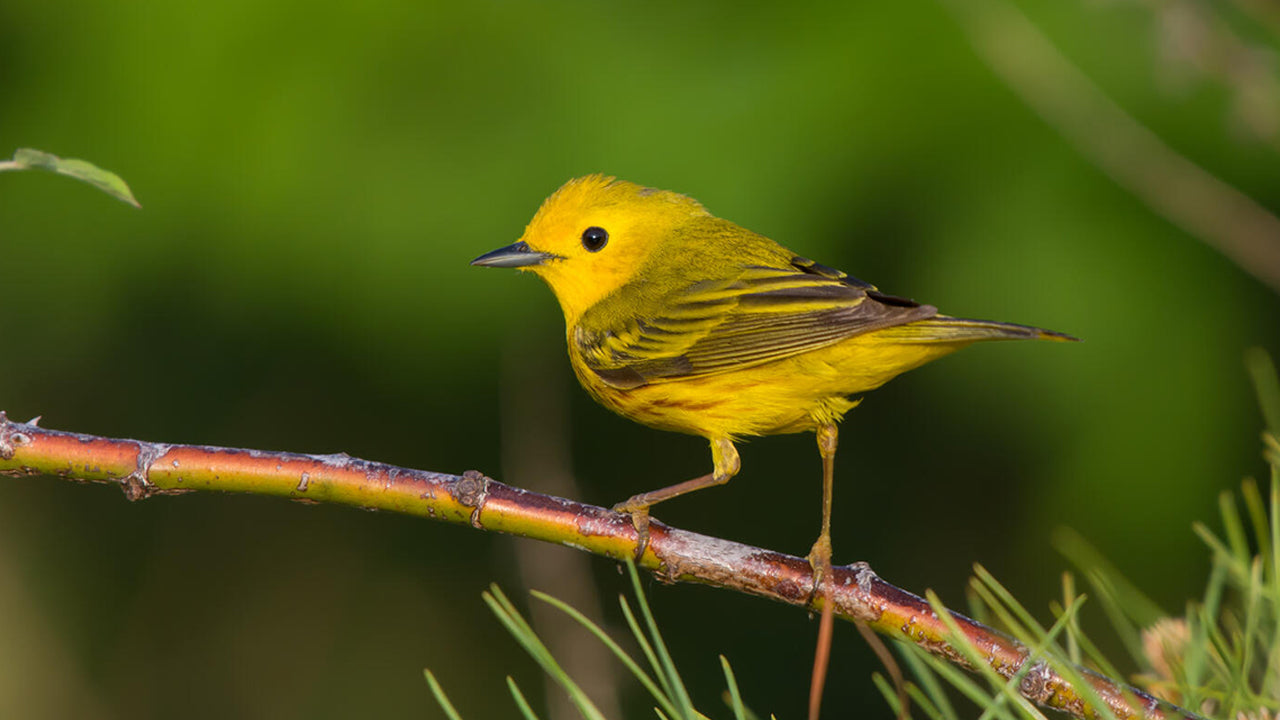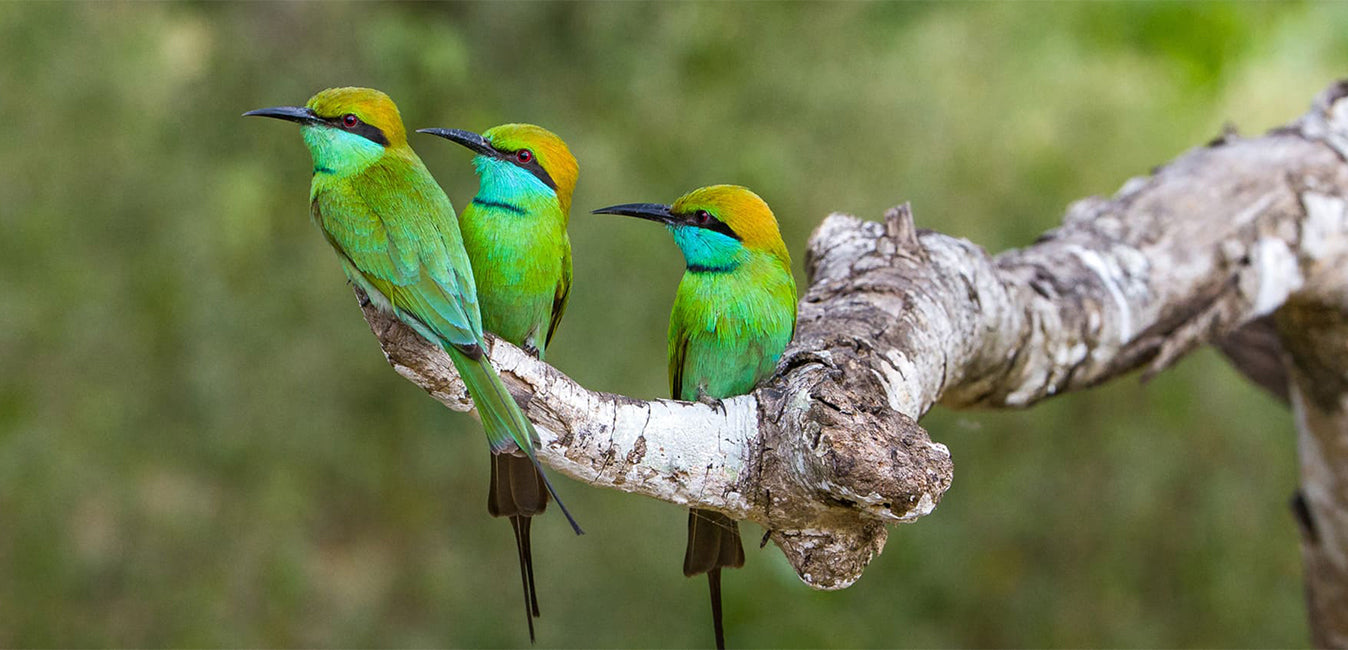
Birdwatching
Sri Lanka is a birder's paradise. A tropical island in the Indian Ocean situated 10 degrees north of the equator, boasting of diverse and favourable climatic conditions and natural habitats such as forests, scrublands, grasslands, wetlands, seas and agricultural lands.
Birds
There are many Birds sanctuaries across the little island 270 km by 140 km in size. Kumana is situated in east Coast, Bundala, Kalamatiya are is in the southern coast. Sinharaja Rain Forest, Udawatta Kele, Horton Plains, Bellanwila, Muthurajawela, Minneriya, Kitulgala, Minipe , Yala and Udawalawe National Parks are other important Bird watching locations. In additions you can see Birds throughout the country in pockets of forests, lakes, lagoons and river side’s during your travel.
The sanctuaries at Kumana 312 km from Colombo, Wirawila 261 km, Bundala 259 km and Kalametiya 224 km are all lagoon locations in Sri Lanka’s extreme south eastern coast. The Giant’s Tank in the north western corner of the island is a huge ancient irrigation reservoir of 3,800 hectares. The coastal sanctuaries are exotically picturesque with combinations of lagoon, swamp, river, jungle, lake and plain. Large flocks can be found here of both resident and migrant aquatic Birds. The highland sanctuaries at Udawattakele 118 km. from Colombo and the Peak Wilderness 141 km. are quieter but equally picturesque with wooded hills and secluded streams and have the added bonus of rare flora such as our unique Wesak Orchid as well as numerous species of rare butterflies. The Udawatta Kele Sanctuary is in the suburbs of Kandy, our picturesque and fascinating hill capital.
Sinharaja Rain Forest
How to get there: Colombo – Kalutara – Agalawatta – Matugama – Kalawana – Veddagala – Sinharaja (4 hours).
One of the most important natural habitats in Sri Lanka, the Sinharaja rainforest offers a huge diversity of species both flora and fauna with a large proportion of those being indigenous to the country and some more specifically endemic to Sinharaja itself. However, a permit is required to enter the reserve. A forest guide will be provided by the Forest Department. The ticket office at Kudawa can be reached by a car but a four-wheel-drive vehicle with a high ground clearance is needed to reach the forest entrance from which point bird watching has to be done on foot. The paths are well defined but one has to be mindful of the leeches, especially during the rainy season. Sinharaja is famous for its mixed feeding bird flocks and a number of endemic Birds can be observed during the walks across the forest.
Basic accommodation is provided by the Forest Department for those interested in staying overnight but it has to be arranged prior to the visit from the head office at Jayanthipura, Battaramulla. There are also a few private guest houses, which would provide meals and accommodation. There is an entry into the reserve from Deniyaya as well.
Birds: Green-Billed Coucal, Red-Faced Malkoha, Ceylon Blue Magpie, Rufous Babbler, Ceylon Hill Mynah, Ashy-Headed Laughingthrush, Whit





